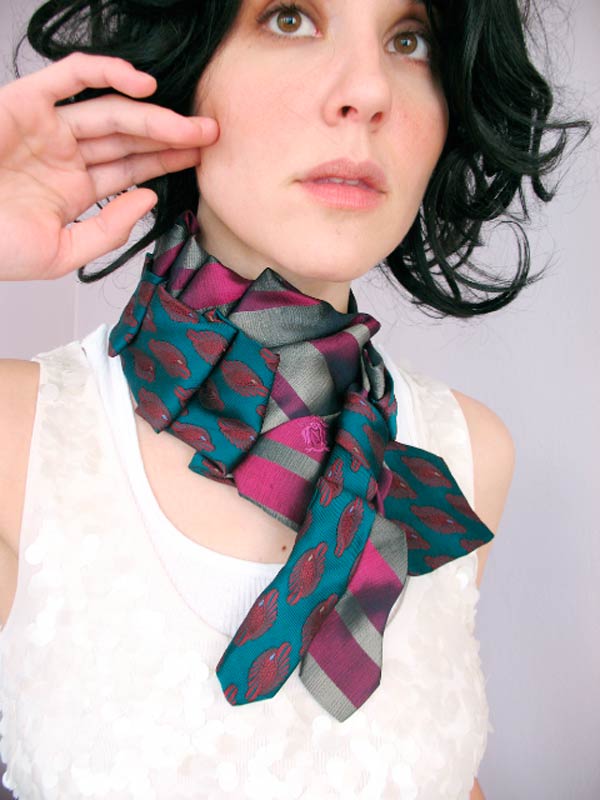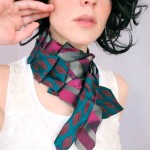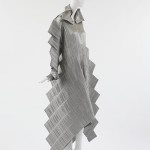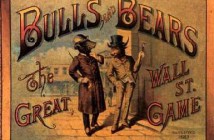FASHION AS ART, PART 2
In writing about fashion as a true art form there is the slight temptation to pull one's shoulders up around one's ears and wince “I dunno.” Yes, there is the idea that it is sculpture, an exploration of the body in space, that patternmaking is going from 3D to 2D, that draping is going from 2D to 3D, that sketching is...well, you get it. The jury is out but creatively well-dressed, head to toe in Prada and Lanvin, sporting Murakami bags.
The first part of this series, “Art as Fashion, Part I” established that fashion helps one assume a position within the social formation, a way of asserting one's individuality. Because clothing is a projection of who we are it is essential to our definition of the self. Fashion is also a measure of consumption, a reflection of our world in a broader sense. It indeed has serious cultural clout.
But here we are in 2009 when not only art but fashion is wide open. While we've been here before we have not been here the same way, and it is tempting to reach back and search history for comforting clues that all will be right again. Maybe. When the United States gave away its manufacturing base it has blanded itself creatively into the global blah's, not to mention into a pesky economic downturn. In order for creativity to thrive there has to be a reversion to smallness, uniqueness, an aversion to hungry overseas factories who make their money via cheap labor and the speed with which they turn out the same thing over and over again. It helps keep the price down, but only if designers don't add or change details in the product too frequently.
Thanks to the bottom-line, make-the-stock-run-up orientation new designers have not had little chance at success because the fashion cycle was never allowed to run its course, risk in design was frowned upon. If a designer didn't "make it" the first or absolutely by the second season they were out, regardless of any critical acclaim. In reviewing Vogue magazine's most promising young designers of 2004, only two are still in business today, but barely.
A lot has been written about fashion's "undoing," that once high-priced couture died it dragged true fashion with it. Charlotte Seeling, in her book, "Fashion; The Century of the Designer," states that in 1943 couture had a world-wide clientele of 20,000 but by the 1990's it was down to 200. Yet, as with art, there is now a faint twinkling of hope on the horizon that if one approaches both with an attention to detail, skill and "artfulness" the world is ready for new. And, almost forgot, one also needs to approach with intelligence and a point of view that has some non-narcissistic relevance.
Take a moment to discuss the rise of the "art to wear" industry that used to be clumped with "craft." That is not what "artfulness" refers to, but is more about the human drive and capacity to invest inanimate objects with meaning. Wearing something that we think of as an irreplaceable and precious artifact is probably more about the psyche of the wearer, a signifier of the unsignifiable. When done to excess it becomes a kind of commodity fetishism. When a woman, for example, wears a large necklace that is based on a Claes Oldenberg soft sculpture the conversation shifts to the necklace and the wearer becomes an armature, losing her identity. (except to be "that woman who always wears weird stuff around her neck.") It becomes more about "objecthood" and "thingness," not about art as much as the need to stand out, be noticed, deemed “artsy.”
Fashion, in 2009, could be really interesting if it actually went back to its couture roots but utilized technology the way art has. Even talented artists who are obsessed with pushing oil paint around have websites, are on Twitter and Facebook publicizing their comings and goings. Fashion has not even begun to scratch what technology can do, similar to what going digital has done for photography.
The fashion crowd has to follow in true visionaries' footsteps and make couture for the masses a la Issey Miyake, a designer, sculptor and fabric innovator who with his A-POC (A Piece Of Cloth) line encouraged customers to cut their own clothing from a computer-generated tube of knitted fabric. It landed him in the MOMA's permanent collection. Imagine if the yarn used to knit the tube were able to warm in winter and cool in warmer weather? One of a kind...like couture...but accessible to all. Imagine bolts of fabric available as one enters a store, a canvas to create on. Interactive art. Performance art. Installation. Power to the masses.
- Boston artist and designer Nicole Deponte, who promotes her fashions on Facebook.
- Issey Miyake (Japanese, b. 1938). “Staircase Pleats” Dress, fall/winter 1994–95. Silver pleated polyester. The Metropolitan Museum of Art, New York, Gift of Muriel Kallis Newman, 2005 (2005.130.11).
Miyake image courtesy of the Metropolitan Museum.
Deponte image courtesy of the artist.





